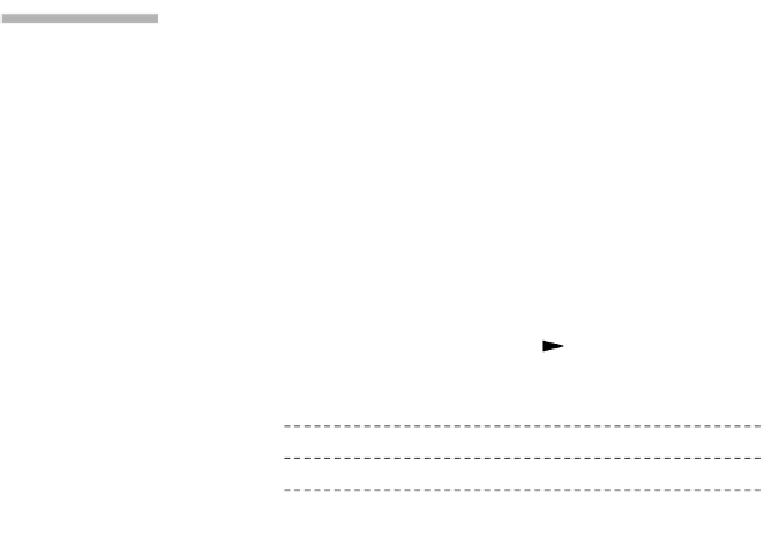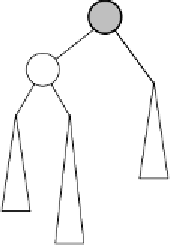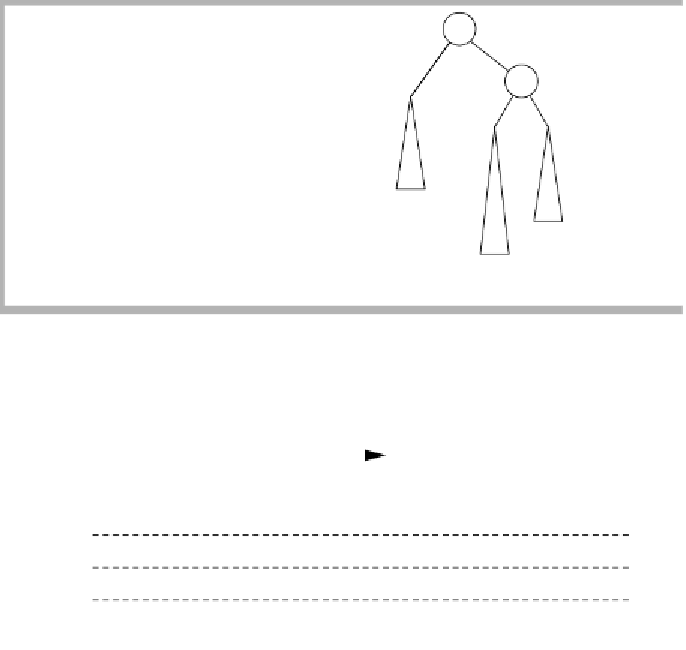Java Reference
In-Depth Information
19.4.3
double rotation
The single rotation has a problem: As Figure 19.28 shows, it does not work
for case 2 (or, by symmetry, for case 3). The problem is that subtree
Q
is too
deep, and a single rotation does not make it any less deep. The double rotation
that solves the problem is shown in Figure 19.29.
The fact that subtree
Q
in Figure 19.28 has had an item inserted into it
guarantees that it is not empty. We may assume that it has a root and two
(possibly empty) subtrees, so we may view the tree as four subtrees con-
nected by three nodes. We therefore rename the four trees
A, B, C,
and
D
. As
Figure 19.29 suggests, either subtree
B
or subtree
C
is two levels deeper
than subtree
D
(unless both are empty, in which case both are), but we can-
not be sure which one. Actually it does not matter; here, both
B
and
C
are
drawn at 1.5 levels below
D
.
To rebalance, we cannot leave
k
3
as the root. In Figure 19.28 we showed
that a rotation between
k
3
and
k
1
does not work, so the only alternative is to
The single rotation
does not fix the
inside cases (2 and
3). These cases
require a double
rotation, involving
three nodes and
four subtrees.
figure 19.28
Single rotation does
not fix case 2.
k
2
k
1
k
1
k
2
R
P
R
P
Q
Q
(a) Before rotation
(b) After rotation
figure 19.29
Left-right double
rotation to fix case 2
k
3
k
2
k
1
k
1
k
3
k
2
D
B
C
A
A
D
B
C
(a) Before rotation
(b) After rotation











Search WWH ::

Custom Search